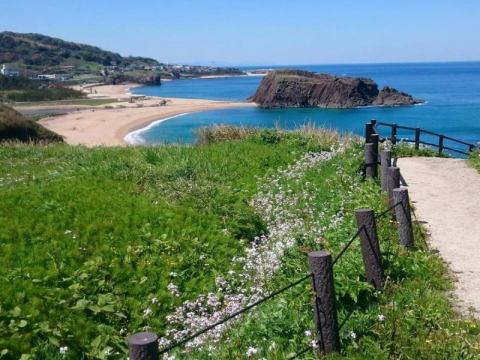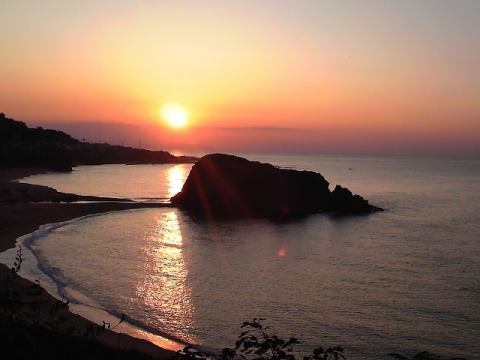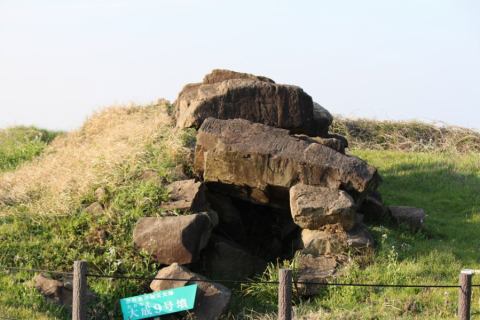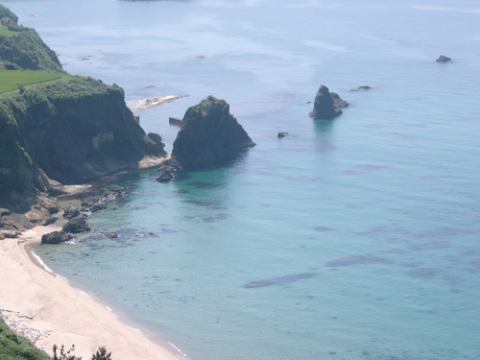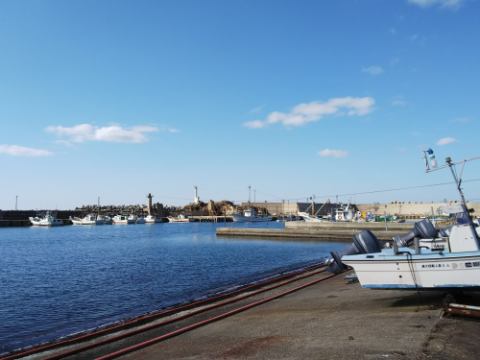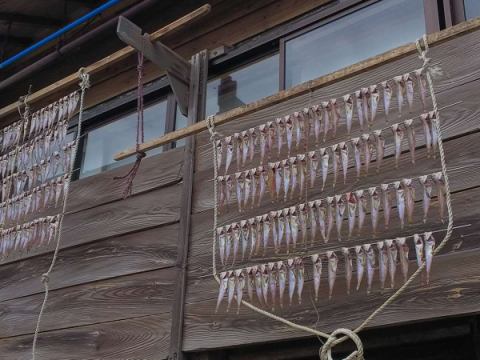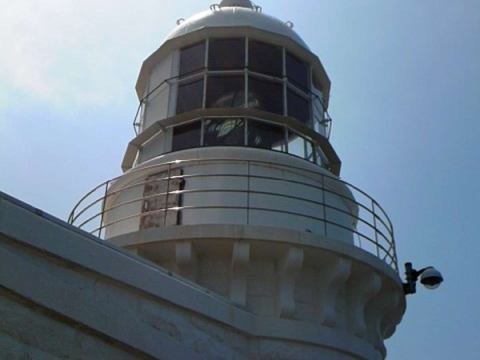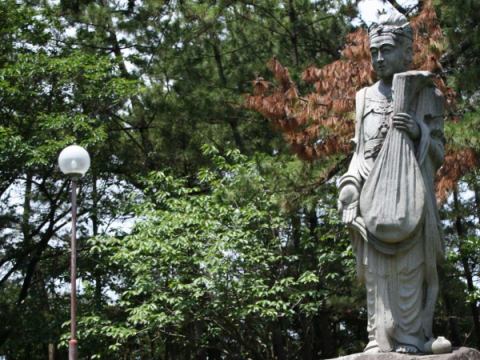- Top
- Taiza walking
Tango Peninsula
This area around this area is a high mountain called a coastal terrace which was formed by the uplifting marine table that was in the ancient ocean. In addition to being able to overlook the Tateiwa, the geostreist representing Kyotango City, it is a spectacular spot overlooking the Sea of Japan, Observatory is also set up.
